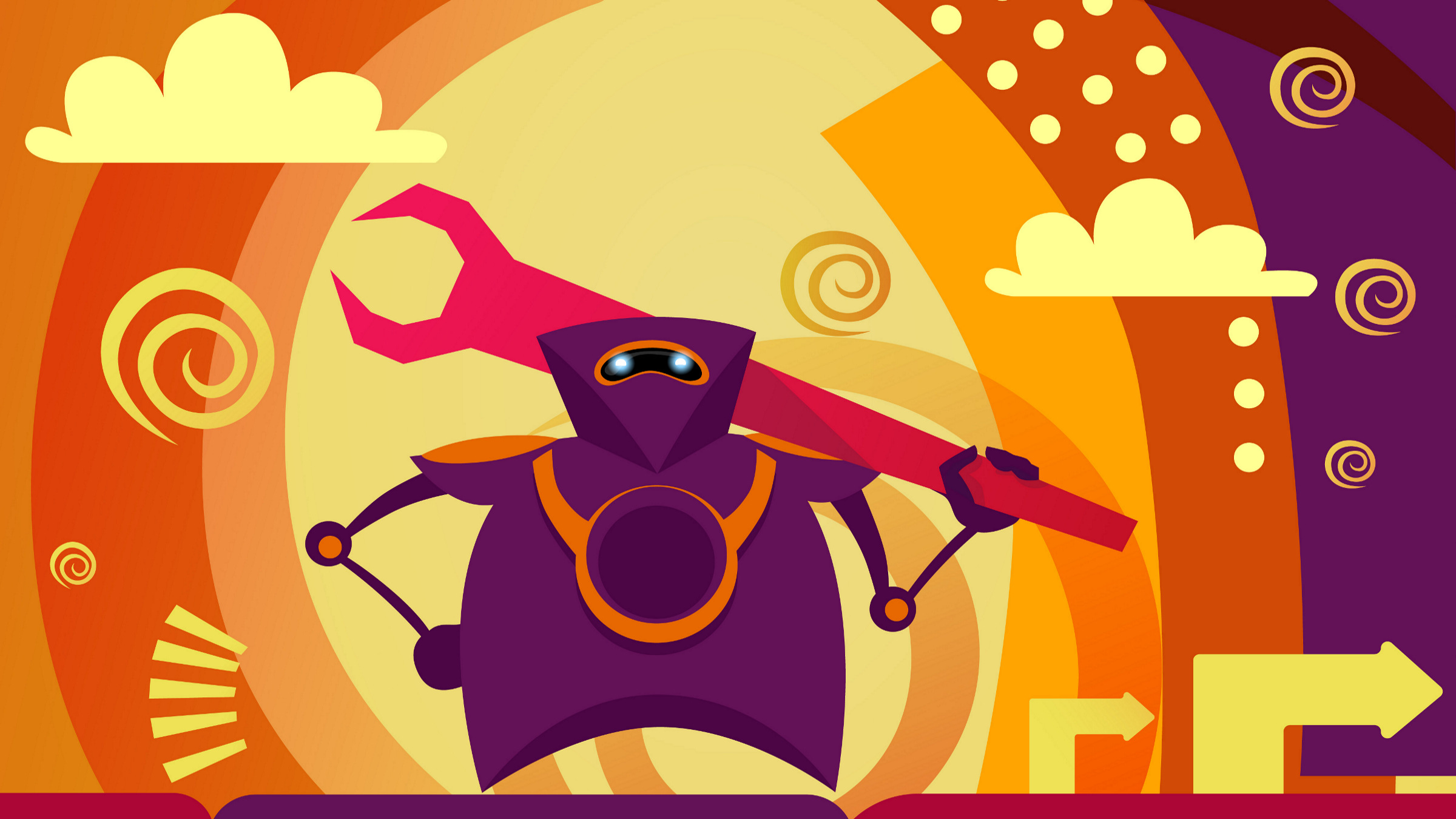In June, the annual ACM Awards gala will be upon us, and I want to take a moment to acknowledge and congratulate the awardees. They represent our most creative and productive colleagues, who have earned recognition and admiration for their work. The Turing Award recipients for 2024, which will be presented in June, are Andrew Barto and Richard Sutton, for their seminal introduction of reinforcement learning. As most readers will know, this is one of the major methods by which large neural networks are trained. It is fitting that the rest of this essay is being written with the deliberate assistance of the Google Gemini large language model (LLM). In the past, I have commented on the proclivity of LLMs to hallucinate, but recent experiences have convinced me that these tools are increasingly useful and reliable (and, no, that praise was not introduced by Gemini).
Begin Bot-Assisted Section:
LLMs are rapidly evolving from fascinating research projects into indispensable tools for myriad text-based tasks, including generation, note-taking, and complex writing assignments. This ascent is marked by significant strides in two key areas: a notable improvement in their factual accuracy, and a marked reduction in the propensity for “hallucination”—the generation of plausible but false or nonsensical information. Simultaneously, the very definition of an LLM’s output is expanding, moving beyond text to embrace a rich tapestry of sound, imagery, and even video. These advancements are solidifying LLMs’ position as increasingly reliable and versatile partners in creative and analytical endeavors.
One hurdle limiting the widespread adoption of LLMs has been the concern over the veracity of their outputs. Early iterations, while often fluent and coherent, could sometimes confidently present inaccuracies. However, recent developments are systematically addressing this challenge. Techniques such as retrieval-augmented generation (RAG) are at the forefront of this progress. RAG systems connect LLMs to external, verifiable knowledge bases, allowing them to ground their responses in current, curated information rather than relying solely on their training data. This dramatically reduces the production of factual errors and hallucinations. Some research indicates improvements of 42%-68% and even higher in specific domains, such as medical AI, when paired with trusted sources.
Further enhancing reliability are innovative prompting strategies such as chain-of-thought (CoT) prompting. By encouraging LLMs to “think step-by-step” and to articulate their reasoning process before arriving at an answer, CoT prompting significantly improves logical consistency and accuracy, particularly in complex reasoning tasks. Some studies have demonstrated accuracy improvements of up to 35%. Additionally, methods such as self-consistency decoding, where an LLM generates multiple reasoning paths and selects the most coherent one, and the integration of knowledge graphs to provide structured factual context, are proving effective in bolstering the trustworthiness of LLM-generated content. The emergence of agentic AI systems, which can perform multi-step reasoning, cross-reference information from various sources, and even self-critique their outputs, represents another advance in ensuring factual grounding.
Beyond textual fidelity, the creative and practical scope of LLMs is undergoing a dramatic expansion through multimodality. No longer confined to processing and generating text, newer models can understand and generate content across different formats, including images, audio, and, increasingly, video. Users can now provide an image and receive a textual description, ask questions about its content, or even request variations. Text-to-image generation has become widely accessible, and the capabilities are extending to audio generation (text-to-speech, music generation) and video analysis and creation. Nvidia’s “Describe Anything 3B” model, for example, excels at fine-grained image and video captioning. This multimodal capability unlocks a new realm of applications, from more intuitive and accessible note-taking that can incorporate visual or auditory information to richer, more engaging content creation that seamlessly blends different media.
In conclusion, the trajectory of LLMs is one of rapid advancement in both reliability and scope. The concerted efforts to reduce hallucinations and enhance factual accuracy, coupled with the exciting expansion into multimodal outputs, are transforming these models into increasingly powerful and trustworthy tools for a wide array of communication and creative tasks. However, this evolution also brings to the fore important ethical, practical, and societal considerations that must be addressed to harness the full potential of LLMs responsibly.




Join the Discussion (0)
Become a Member or Sign In to Post a Comment